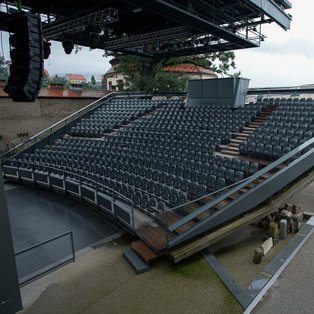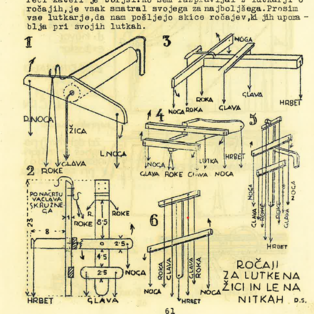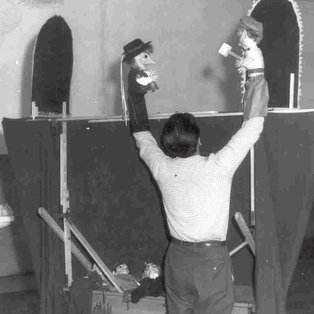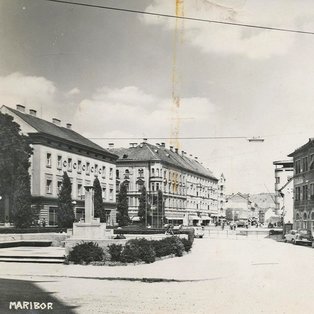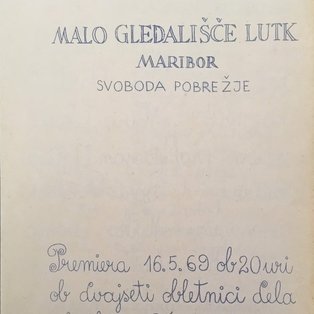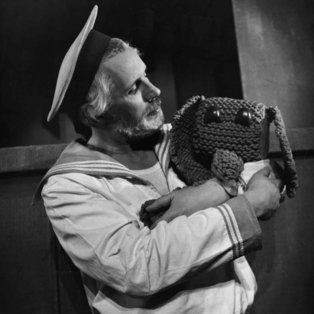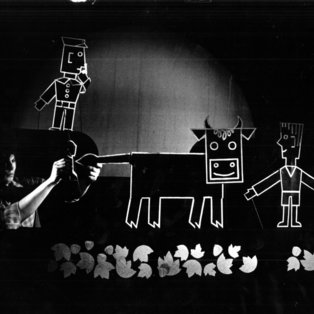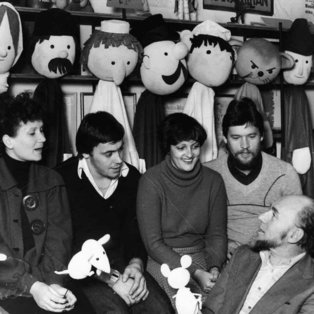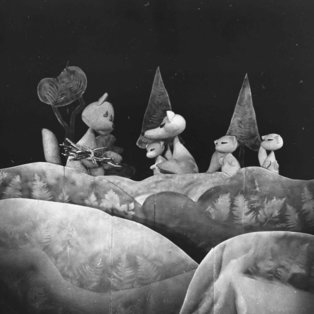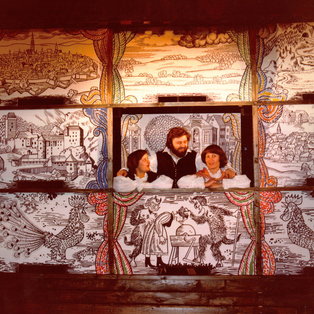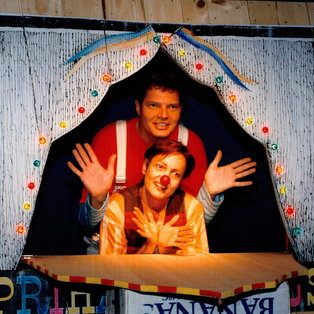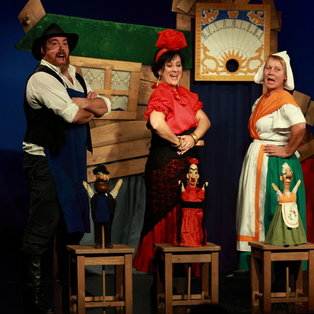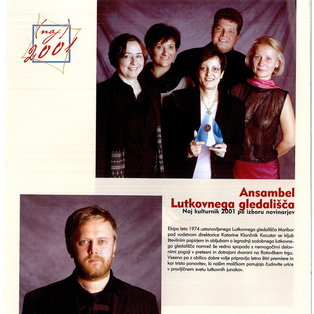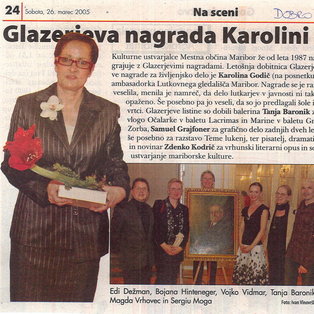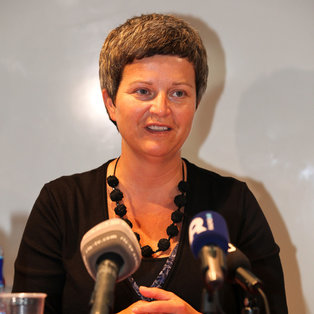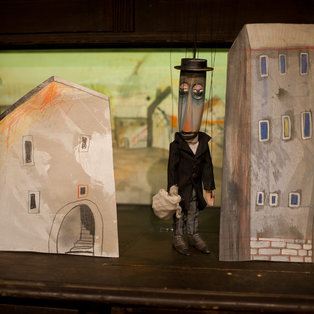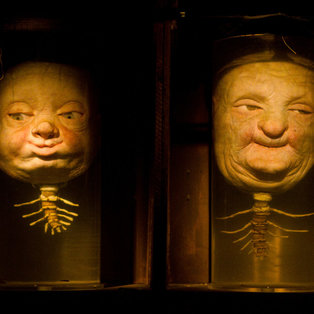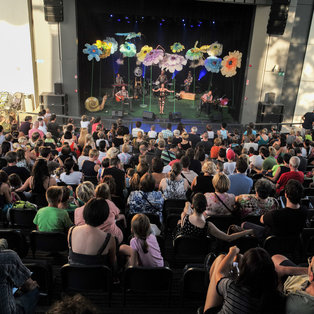Maribor Puppet Theatre was established in 1974. Every year it produces six new performances and displays over 400 shows, as well as performing across the country, Europe and the world. The theatre has over five different stages, in a recently renovated venue, which opened in September 2010. Over thirty theatre staff create performances for both children and adults. It continues to be invited to numerous different festivals all over the world. Since 1990, it organizes its own international puppet festival in Maribor called the Summer Puppet Pier, hosting performers from across the world. It also organizes the Biennial of Puppetry Artists of Slovenia, a national puppet festival that occurs every two years.
The Maribor Puppet Theatre is located in the renovated Minorite Monastery on Lent in the southwestern corner of the city walls, between the Judgment Tower and the Žički dvor. The renovated spaces, no longer in a sacral, military or residential function, provide premium support for collaborative artistic creation of puppetry, related performing and musical content.
Cooperation with various institutions, independent organizations and individuals increases the quality of the proprietary programme the theatre offers, brings the contents on offer to a wider audience, and further popularizes the art of puppetry. The theatre heavily invests in education and active development, thereby raising the standards in this field of activity. The theatre aims to represent an attractive and modern puppet centre which – through creative imagination, understanding of the art of puppetry, and a good organization of additional contents – thoughtfully and sensibly addresses even the most demanding audiences of all ages.



